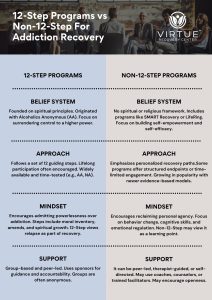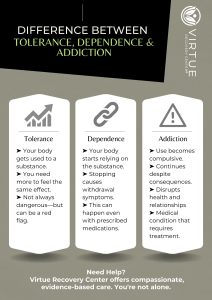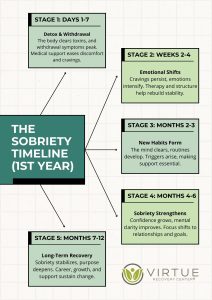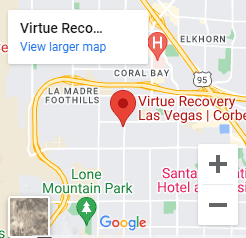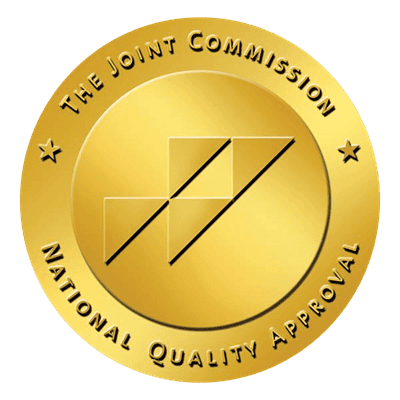Key Takeaways
- PMMA, MDMA, and PMA are chemically related party drugs but vary in danger and intensity.
- PMMA and PMA are more toxic and unpredictable than MDMA, with delayed onset that increases overdose risk.
- These drugs can cause hyperthermia, convulsions, seizures, and death, even at low doses.
- Pills sold as MDMA may secretly contain PMA or PMMA, making them especially dangerous.
Introduction
They look the same. They’re often sold the same way. But not all party drugs are created equal. Many people take what they think is MDMA—better known as ecstasy or molly—without realizing it may be something far more dangerous.
PMMA and PMA are two substances often mistaken for MDMA. These drugs may seem similar, but the effects can be unpredictable and sometimes deadly. The pills may look identical, but inside, the risks are much higher.
In this article, we’ll explore the differences between MDMA, PMA, and PMMA, how they affect the body, and why knowing the facts could save a life.
What Is MDMA?
MDMA (3,4-methylenedioxymethamphetamine) is a synthetic drug known for producing feelings of euphoria, emotional closeness, and increased energy. It’s a stimulant with hallucinogenic properties, often used at parties, concerts, and music festivals. People who use MDMA may experience heightened senses, empathy, and a sense of connection with others.
But while MDMA is often seen as a “safe” party drug, it carries real risks—especially when mixed with alcohol or taken in large doses. It can cause dehydration, overheating, confusion, anxiety, and a hard crash after the high wears off.
The biggest danger, however, is that many pills sold as MDMA don’t actually contain it.
What Are PMA and PMMA?
PMA (para-methoxyamphetamine) and PMMA (para-methoxymethamphetamine) are synthetic drugs that are chemically similar to MDMA. They are part of the amphetamine class and can produce stimulant and hallucinogenic effects.
These drugs are often sold as MDMA or included in ecstasy pills without the user knowing. They’re cheaper to produce and harder to detect without proper testing.
What makes PMMA and PMA especially dangerous is their slow onset. Unlike MDMA, which kicks in within 30 to 60 minutes, PMMA and PMA can take much longer to produce noticeable effects. That delay can lead users to take more, assuming the drug is weak or fake. Unfortunately, the extra dose can push the body over its limit.
Key Differences Between PMMA, MDMA, and PMA
Onset Time
MDMA starts working fairly quickly, giving people a sense of control over the high. PMA and PMMA, on the other hand, take longer to take effect—sometimes over an hour. That delay increases the chance of taking too much.
Potency and Effect
While MDMA produces a euphoric high, PMMA and PMA feel less pleasurable and more toxic. Users may still feel energized or light-headed, but the “good feelings” are weaker and often followed by side effects like nausea, overheating, or panic.
Toxicity
Both PMA and PMMA are far more toxic than MDMA. They can cause a dangerous rise in body temperature (hyperthermia), elevated heart rate, breathing problems, and in many cases, seizures or death. These symptoms can appear suddenly, even after a single dose.
Why These Drugs Are So Dangerous
The real danger is that people don’t know what they’re taking. PMMA and PMA are often pressed into pills that look like MDMA—same shape, same logo, same color. Users may believe they’re taking a familiar substance, but they’re actually ingesting something far more harmful.
Because PMMA and PMA take longer to kick in, users often double dose, thinking their pill was weak. But once the drugs start working, they hit hard—and it may be too late.
Even more troubling, there’s no way to tell what’s in a pill just by looking at it. Unless it’s tested with a chemical reagent kit, the contents are a gamble. That gamble can be fatal.
Common Signs of PMMA or PMA Overdose
Knowing the symptoms can help you recognize when someone is in trouble. Signs may include:
- Sudden, intense rise in body temperature
- Seizures or convulsions
- Fast or irregular heartbeat
- Difficulty breathing or chest pain
- Vomiting or extreme confusion
- Collapse or unconsciousness
If someone shows these signs after taking a pill they thought was MDMA, call 911 immediately. These symptoms can worsen quickly, and fast medical care is crucial.
Mental Health and Addiction Risks
While PMMA and PMA are known for their physical danger, the mental health impact is just as serious. Like MDMA, they affect serotonin levels, which play a big role in mood, emotion, and sleep.
After using these drugs, many people report feeling depressed, anxious, or emotionally flat. In some cases, these symptoms can last for days or weeks.
Regular use can lead to psychological dependence, where a person begins to rely on these substances to feel good, escape stress, or cope with trauma. Over time, this can lead to substance use disorder, affecting relationships, work, and mental stability.
How Addiction Treatment Can Help
At Virtue Recovery Las Vegas, we help people break free from harmful substances like PMMA, PMA, and MDMA. Whether someone is using casually or struggling with deeper addiction, treatment can help restore balance and hope.
We start with a safe, supportive detox process, especially if someone is using multiple substances. After detox, clients can begin therapy to address the emotional side of addiction.
Treatment may include:
- Individual therapy to explore the reasons behind drug use
- Group therapy for peer support and shared experiences
- Family therapy to rebuild trust and improve communication
- Dual diagnosis treatment for those facing both addiction and mental health issues
- Aftercare planning to support long-term recovery
Recovery is not just about stopping drug use. It’s about creating a new life with meaning, clarity, and confidence.
Conclusion
Not all party drugs are what they seem. PMMA and PMA are often sold as MDMA, but the effects are very different—and far more dangerous. A delayed high, more toxicity, and unpredictable reactions make them some of the most deadly substances found in the party scene today.
If you or someone you love is using these drugs or struggling with addiction, there’s help and hope. You don’t have to face it alone.
Call 866-520-2861 to speak with a compassionate recovery professional at Virtue Recovery Las Vegas. We’ll help you understand your addiction treatment options.
FAQs About Differences in PMA, MDMA and PMMA Abuse
What’s the difference between PMMA and MDMA?
PMMA is chemically similar to MDMA but much more toxic. It takes longer to take effect and is linked to higher rates of overdose and death.
Is PMA more dangerous than MDMA?
Yes. PMA has a stronger impact on body temperature and heart rate, and users are more likely to experience seizures or death, especially if they take too much.
How can I tell if a pill is PMMA or MDMA?
You can’t tell just by looking at it. Many fake ecstasy pills are made to look like the real thing. The safest option is to avoid unknown substances altogether or use a trusted test kit.
Can you get addicted to MDMA or PMMA?
Yes. While the physical withdrawal may be mild, the psychological cravings and emotional dependency can lead to addiction over time.
Where can I get help for party drug addiction?
Call 866-520-2861 to get in touch with Virtue Recovery Las Vegas. We offer personalized addiction treatment that includes detox, therapy, and long-term support.
Resources
https://adf.org.au/drug-facts/pma-and-pmma/
https://pubmed.ncbi.nlm.nih.gov/14616331/
https://www.dea.gov/factsheets/ecstasy-or-mdma-also-known-molly





